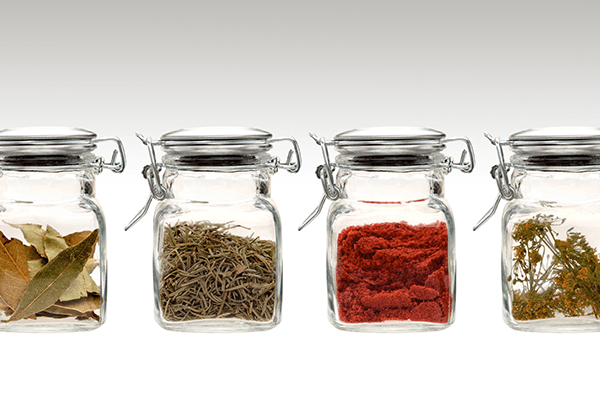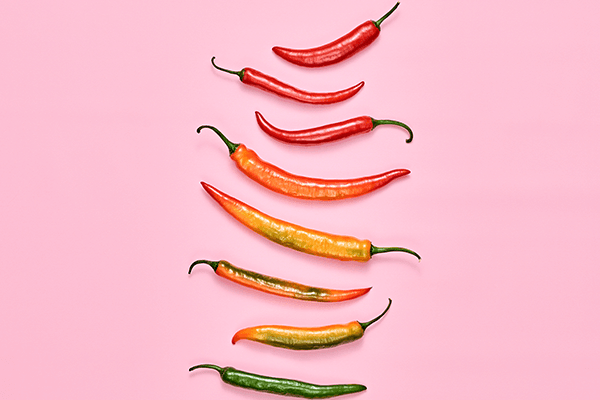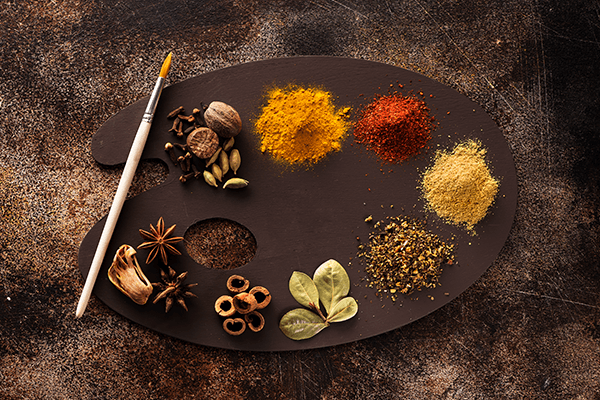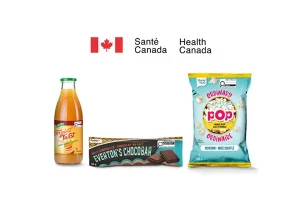What are Scoville units and why do they matter when it comes to spicing up your food?
If you’re a fan of spicy food, then you’re probably familiar with the Scoville scale. But what exactly are Scoville units, and why do they matter?
Scoville units measure the spicy heat of a pepper, with larger numbers indicating a higher degree of heat. The scale is named after Wilbur Scoville, who developed the first method for measuring pepper spiciness in 1912. Today, the Scoville scale is still the most common way to measure the heat of a pepper. However, the modern version of the scale is far more accurate than Scoville’s original method.
While the original method was based on subjective taste tests, today’s version uses high-tech equipment to measure capsaicin (the compound that gives peppers their spicy heat). The highest measurement on the Scoville scale is 2 million units – the “Carolina Reaper” which you should probably stay away from! Jalapeno peppers for comparison measure between 2500-8000 on the scale.
Spicy can be Subjective
When it comes to spice, there is no one-size-fits-all answer. What might be spicy for one person might be mild for another. This is because our perceptions of spice are subjective and can vary depending on our individual tolerance levels. To some people, black pepper is spicy, while to others, ghost peppers are barely noticeable.
Part of the reason for this difference is that our bodies all react differently to capsaicin. Some people have a higher tolerance for it, while others find that even a small amount is painfully spicy.
However, experiences and expectations also affect how we perceive spiciness. If we’re expecting a pepper to be spicy, then we’re more likely to taste the spiciness. Conversely, if we’re expecting it to be mild, then we might not notice the spiciness as much. So, in a way, spiciness is subjective because it’s based on our individual experiences and expectations.

You can market the Spice
Throughout history, people have used spices to add flavor to their food. Today, spices are also used as a way to market food. For example, many restaurants use spiciness as a way to advertise their dishes. The Paqui #OneChipChallenge is a perfect example of this. In this challenge, people are encouraged to eat a single chip that is said to be the spiciest in the world. By taking on this challenge, people are not only advertising the Paqui brand, but they are also showing how adventurous they are.
In addition to using spiciness as a marketing tool, many companies also use it as a way to stand out from their competitors. By offering a product that is significantly spicier than other similar products, companies can grab the attention of potential customers and persuade them to try their product. Whether it is used to advertise a restaurant’s dishes or to sell a product, spice is an effective marketing tool that has been used for centuries.
Legal Requirements around spicy food
Some people love spicy food, while others find it entirely too hot to enjoy. Whether you enjoy spicy dishes or not, you probably want to know if the food you’re eating is going to be spicy before you take a bite.
Unfortunately, there is no legal requirement for restaurants or food prepares to label their food according to how spicy it is. This can be frustrating for those with medical conditions that make eating spicy food dangerous.
While medical conditions are rare due to the spice level of food, some side effects can be experienced by susceptible individuals:
- Heartburn
- Gastric reflux
- Acid reflux
- Irritable Bowel Syndrome (IBS)
- Peptic ulcers
- Gastroesophageal reflux disease (GERD)
Each of these conditions can be made worse by eating spicy food. If you’re unsure about the spice level of a dish, it’s always best to ask the server or chef before ordering.

Conclusion
Even though there are no legal requirements, it is still a good idea to label how spicy something is. This gives people an idea of what they are getting into, and can help avoid any unpleasant surprises.
There are many ways to label spiciness, from using a simple numeric scale to more creative methods. Whatever approach you take, be sure to be consistent so that people can easily compare different dishes. In addition to averting potential disasters, labeling spice level can also be used as a marketing tool.
For example, you could promote a dish as being “mild enough for everyone to enjoy” or “spicy enough to satisfy the most ardent chili head.” By giving people an idea of what to expect, you can increase the likelihood that they’ll try out your dish – and hopefully enjoy it.
MenuSano is the best, and easiest way to label your food products. You can get an entire nutritional breakdown of all your dishes and recipes, and create compliant food labels. Then feel free to add any Spicy labels of your own.


















